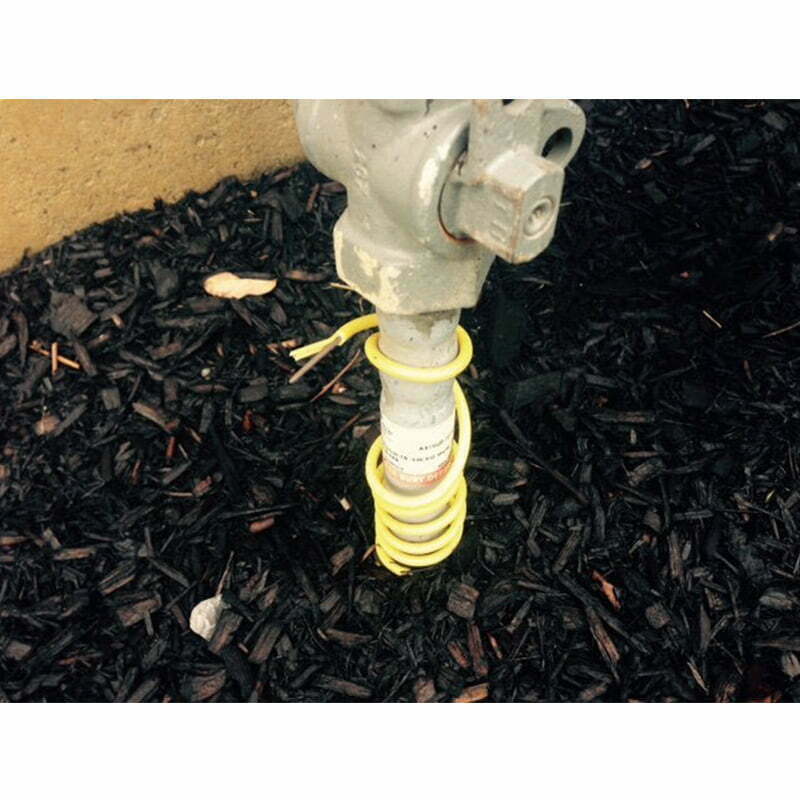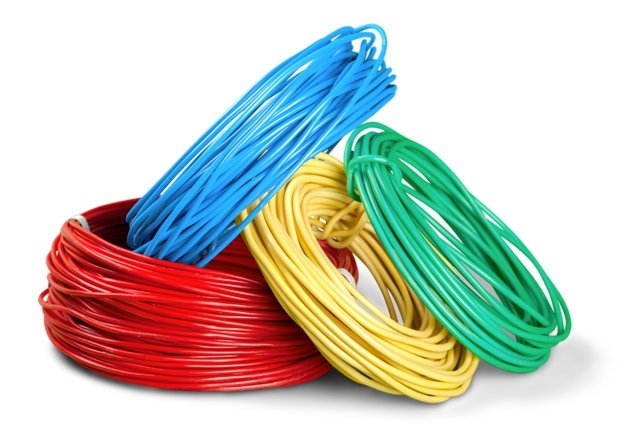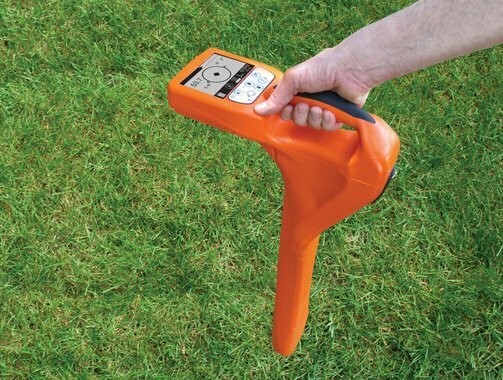With the rapid development of China’s urbanization level, many cities have formed a large scale and intricate underground pipe network tracer line system, frequent changes of underground pipe network, a large amount of information needs to be managed and processed, the traditional inefficient manual management method is difficult to adapt to the needs of this rapid development. From the needs of modern city management, an underground pipe network information system that can quickly provide real and accurate underground pipe network data and realize functions such as quick query and comprehensive analysis, and provide multi-level, multi-functional and various comprehensive services for daily management, design and construction, analysis and statistics, development forecast and planning decision of city management and decision-making departments, has been established in many cities, and with some The new technologies of surveying and mapping, such as GPS technology, digital map measurement technology, underground pipeline detection technology, internal and external integration of field data collection and other technologies are widely used, which greatly promote the maturity and development of the underground pipeline network information system, this paper is a mature urban underground pipeline network information system with data acquisition and data analysis of some technical research and discussion.
1.Urban underground pipe network tracer line is an extremely complex and huge system, first of all, the type of pipe is complex, for example, there are water supply, drainage, gas, electricity, heat, telecommunications, and industrial pipelines, etc. roughly seven types, in addition to the burial depth of the underground pipe network varies, different materials, different ages, different attribution, some pipe network data has long lost tracer line information. To measure these data accurately is not an easy task.
- Tracer line measurement accuracy requirements of underground pipeline network
According to the technical requirements of urban underground pipeline tracer line measurement, pipeline detection accuracy is as follows: the detection accuracy of hidden pipeline points, the horizontal position limit difference is not more than ± (5 + 0.05h), the burial depth limit difference is not more than ± (5 + 0.07h) (h for the center of the underground pipeline burial depth, in cm. (According to the requirements of Class I accuracy). Pipeline point measurement accuracy, pipeline points in the analysis of the coordinate error (refers to the measurement point relative to the neighboring analysis of the control point) is not greater than ± 5cm, the elevation error (according to the measurement point relative to the neighboring elevation control point) is not greater than ± 2cm. underground pipeline map in the measurement point error shall not be greater than ± 0.5mm on the map.
3. Underground pipe network measurement in the technical attention should be paid to the problem
3.1 The urban underground pipeline network measurement is divided into two categories: underground pipeline measurement before completion and underground pipeline measurement after completion.
(1) As-built underground pipeline tracer line measurement
First of all, the establishment of high precision, appropriate density, points are not easily damaged by the construction of the plane and elevation control network is an important prerequisite for improving efficiency and ensuring quality.
Underground pipeline measurement before completion is mainly through the direct measurement of pipeline features to complete the pipeline measurement work, this measurement is often measured while construction tracer line, pipeline distribution chaotic no regularity, no foresight, immediately after the construction of the pipeline buried on, when the measurement accuracy requirements are very high, and the need to check to ensure that the data is correct, at the same time, because it is measured at the construction site, control points are not easy to save. At this time, the characteristics of the pipeline measurement, is to follow the construction, construction of a section, measured a section, there is no rule, may be measured every day a variety of pipelines, but each pipeline only measured a few wells, which requires timely measurement of the point location of the exhibition painted in the design drawings and other ways, to compare whether consistent, if not consistent, we must promptly check the calculation, to find out where the problem lies, to prevent errors. Some projects underground pipelines buried up to seven or eight meters deep, if missed, measured wrong, after the cover, it is impossible to remedy, even using the method of physical prospecting is also difficult to accurately measured, so the measurement of such pipelines require: the measurement should be timely rechecked to ensure that the measurement is correct, no loss of leakage. In addition, the need to design drawings, the measured pipeline exhibition, numbering, to prevent numbering errors. Because the pipeline before the completion of the measurement is characterized by a day may be measured in more than one place, each pipeline are measured a few points, if not timely numbering, it is easy to occur in the phenomenon of re-numbering, wrong number, quality accidents.
(2) As-built underground pipeline network tracer line measurement.
After the completion of the pipeline features all buried in the ground, the need to use a combination of engineering measurement and detection methods to determine the characteristics of the data out, first of all, we must collect as much information as possible on the existing underground pipeline, while research on the underground pipeline area is also necessary, because some regional underground pipelines may not be able to find information, but some of the old comrades familiar with the underground pipeline to understand the situation of the pipeline, this situation In this case, it is particularly important to conduct extensive research in the survey area.
For the completed underground pipeline measurement, first of all, you can use the general engineering measurement methods, such as the use of total station, latitude and longitude meter, level meter, etc. to lay the measurement control network, and then the pipeline features point positioning, these measurement methods are relatively simple. But some pipelines with conventional measurement methods is not possible to determine its location, then you have to use the detection method, but a variety of detection instruments reflect the abnormal peak at the direct reading depth, due to the influence of the composition of the pipeline itself, the impact of the burial depth and the adjacent pipeline induction electromagnetic signal, etc., the depth of detection and the actual depth, sometimes there will be a big difference, the correct choice of detection methods is to improve the quality of detection effective means. In practice, you can use the direct method or clamp method to detect parallel pipelines, special parallel pipelines without pipeline exposure points can be used horizontal pressure line method or tilt pressure line method, for more overlapping power pipelines can be used to detect the induction method, for the upper and lower overlapping pipelines should be used to locate the electromagnetic method, and in the pipeline bifurcation at the fixed depth, the depth of the overlapping pipeline is projected, for gas pipelines, etc. should be used induction method or Passive source method of detection to ensure safety.



